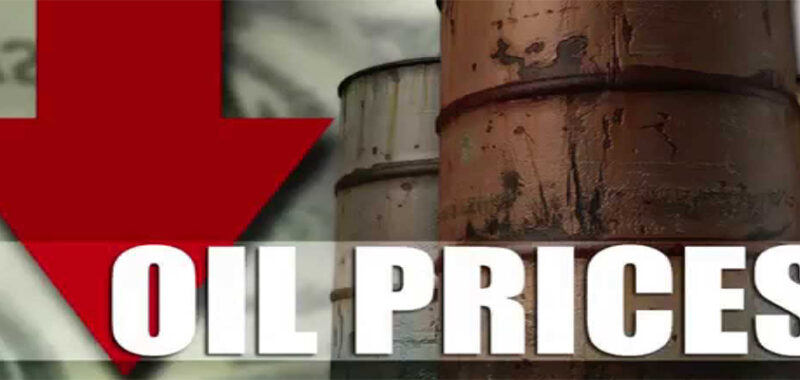The price of American crude oil has fallen below $60 U.S. a barrel as fears grow that President Donald Trump’s worldwide tariffs will push the U.S. economy into a recession.
West Texas intermediate (WTI) crude oil, the U.S. benchmark, fell more than 4% to $59.30 U.S. on April 7 following back-to-back 6% declines last week.
WTI crude oil is now trading at its lowest level since 2021 amid the depths of the Covid-19 outbreak.
Brent crude oil, the international standard, is down 3% and currently trading at $63.86 U.S. a barrel, also its lowest level since the pandemic.
Worries are intensifying that U.S. tariffs could lead to higher prices for businesses, which could lead to a slowdown in economic activity and hurt energy demand, particularly for oil.
JPMorgan Chase (JPM), the largest U.S. bank, has raised its odds of a recession occurring this year to 60% following the tariff rollout, up from 40% previously.
At the same time, oil prices are being hurt as the Organization of the Petroleum Exporting Countries and its allies (OPEC+) has gone ahead with plans to nearly triple oil production.
The production increase has raised the prospect that OPEC+ could swamp the global market with crude oil at a time when inventories are already high and demand is sinking.
OPEC+ producers such as Saudi Arabia have agreed to raise crude oil output by 411,000 barrels per day, speeding up the pace of their scheduled hikes and pushing down oil prices.
The OPEC+ members say they increased crude production because they remain bullish on oil demand later in the year.
Currently, OPEC+ produces about 40% of the world’s crude oil.

